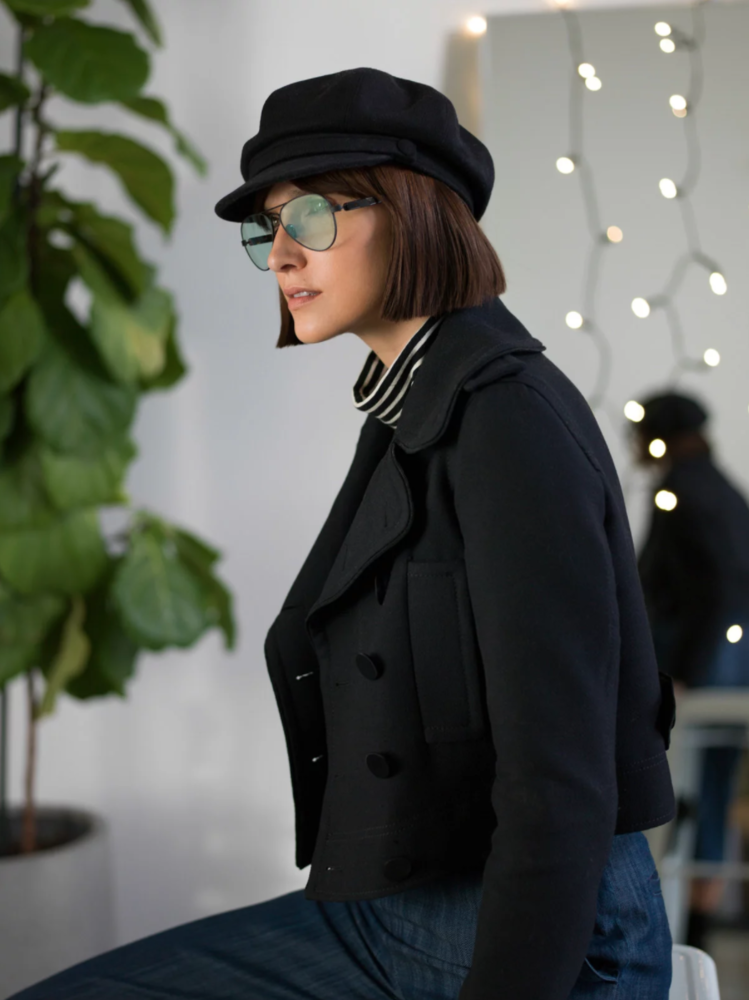We’ve heard plenty of comparisons between the iPhone and an industry-standard DSLR. It’s time to test the Google Pixel 2 to see how it stands up against a medium-format camera 20 times its market value.
The Google Pixel 2 XL costs around $1,000, and it should be noted that it currently holds the highest overall score at DxOMark, a reference site for image quality, with a total of 98. In their rankings, it beats out competition from the Apple iPhone X and iPhone 8, as well as the Samsung Galaxy Note 8.
Heading up the experiment, Photographer Tyler Stalman invited Jason Eng to bring his Hasselblad down for the shoot. The goal was to shoot the same subject, in the same location, using the same lighting, each with their respective cameras.
The duo compared dynamic range, sharpness, and depth of field.
Dynamic Range
Staging the lights to create a contrast between the lightest and darkest points of the image resulted in the Pixel 2 losing details in the highlights and shadows.

Hasselblad H4D

Google Pixel 2
Sharpness
The pair concluded the Hasselblad had the edge when it came to sharpness. While both were similar when viewed in smaller sizes, the difference became evident when zoomed in.

Hasselblad H4D

Google Pixel 2
Depth of Field
Various phones on the market can now replicate the effect of a shallow depth of field, and the Pixel 2 is no different with its software using dual pixels to achieve the effect. Stalman, however, found certain aspects fell short. The Pixel 2 failed to mimic the bokeh effect produced by a DSLR or medium-format camera when it came to placing Christmas lights behind the subject.

Hasselblad H4D

Google Pixel 2
See more work from the model, Ania, and Stalman on their podcast, YouTube, Twitter, and Instagram.
Pixel 2 images by Tyler Stalman. Hasselblad images by Jason Eng.
[via PetaPixel and Tyler Stalman]




No, it's not time to do that. It's time to pick up the tool for the job or use what you have if you don't have the right tool. What is wrong with you people? >:-|
they are not helping the photo industry with these kind of videos.
Click bait! I didn't even read the article. I just wanted to vent. I feel better now.
Posts like this remind me why I don't need to look at medium format for my studio. My D750 with great glass is all I need.
Agree with Michael- posts like this only further to hurt the industry.
The industry is going to change whether or not videos like this are published, and stating facts isn't going to hurt an industry any more than ignoring the facts. Most cameras today a "good enough" with the current sensors, which are only going to get better and cheaper over time. Now smartphones are "good enough" for many, and they are only going to get better over time. It is what it is.
The problem with these "facts" is, they're only a small part of the story. Physics being what it is, when it comes to sensors, size DOES matter and, more importantly, glass matters. A lot! Fixing a subpar image in Photoshop and, now, a smart phones software has never been, or ever will be a substitute for a camera, designed for the job. Of course, a phone is okay for some things but not nearly as much as some would lead you to believe.
Your "20k camera" is 8 years old piece of hardware that currently is available for less then 3k. Sharpness, Sensors, Pixels etc went a long way in this time. Still, a phone has no chance in questions of dynamic range and bokeh.
You should play with open cards and compare actual 2018 Hardware. Everything else is a clickbait.
I love the way it looks though lol
Wow really great comparisons, Thank you!!